Graphic designers face stiff competition, given the massive rise in the number of people choosing to follow this profession. A few years back, graphic designers were hard to find, especially the good ones. But today, with the advent of technology, any person with a decent internet connection, a few softwares like Photoshop, Illustrator, etc., claims to be a graphic designer. There are so many readymade templates available that these wannabe designers can just tweak them and claim them to be theirs. Clients cannot differentiate between the quality of the designers just by looking at their resumes or portfolio. This poses a severe threat to professional designers, and they need to polish their skills further to stand out from the crowd.
The best way to be a better designer is to keep practicing. At the same time, it is always a good idea to select a particular graphic design application and master it. For example, you can become an ace website designer or the go-to guy for print media. Or you can develop your typography skills and start creating new fonts. Establishing your forte helps in enhancing your reputation, and you can charge well for those projects. At the same time, given the wide competition, this can work against you as well. Hence, while creating your niche, you should also keep brushing up your skills for other graphic design-related work. This will allow you to balance your time and resources and secure a better future for yourself as a designer. To help you in this endeavor, this 30-day plan will help you become a better graphic designer within a month.
Day 1-2: Conduct a SWOT analysis:
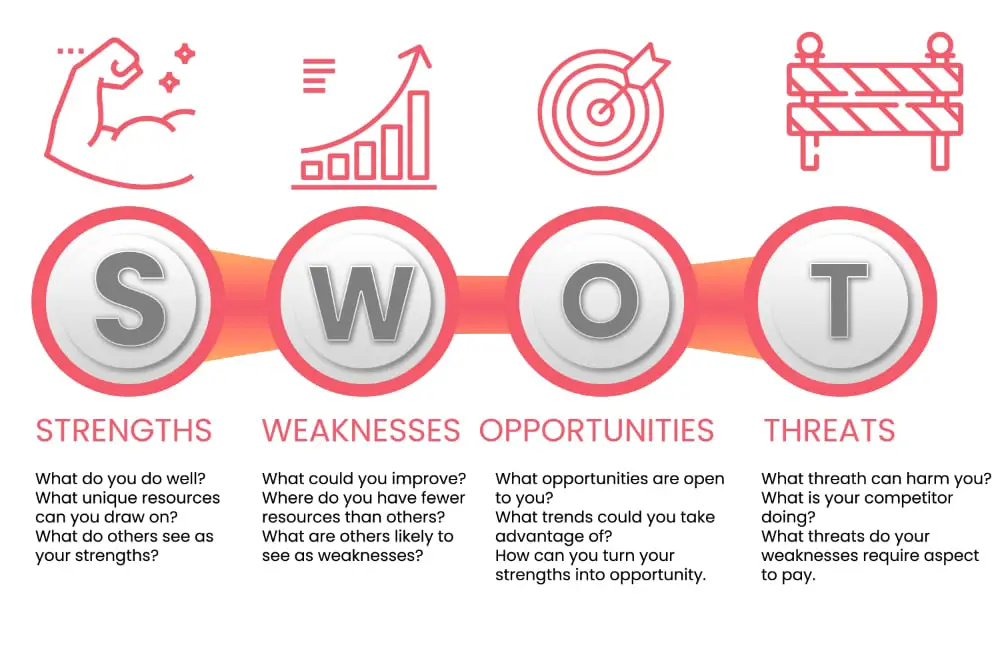
To know where you have to improve, you will need to know first where you stand. A thorough SWOT analysis will help you conduct an As-Is analysis of your skills vis-a-vis the market demand. It is vital that you also carry out a market analysis to understand what jobs and skills are in demand. This will help you chart out a better improvement plan for yourself where you get skilled to meet the rising demands. Identify your strengths and weaknesses and, at the same time, identify the opportunities that are present in the industry or that would open up soon.
Day 3: Follow Good Designers on Social Media:
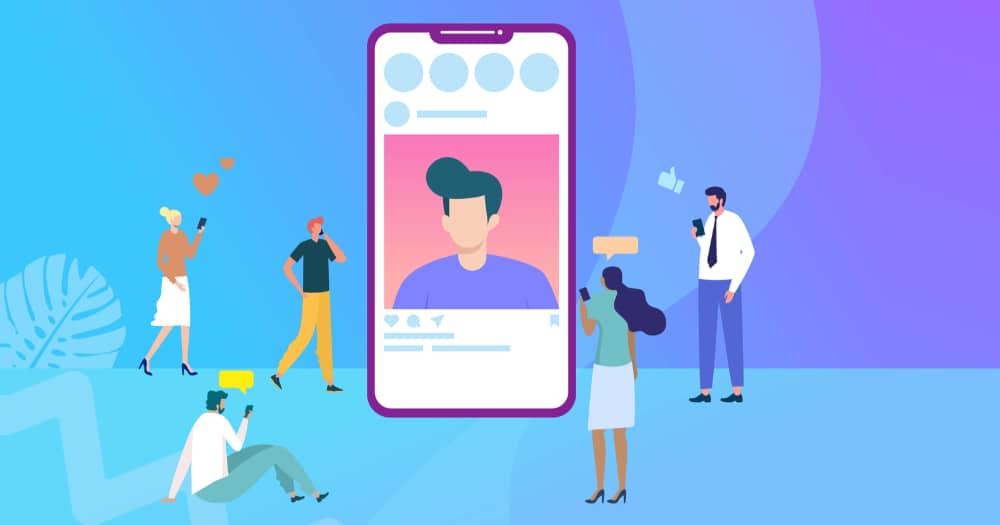
It is essential that you stay updated about the latest trends in the design industry. For this, it is highly recommended that you start following good designers on their social media, Behance, Dribble, and other such design-related websites. In addition, learning new things from people who are better in this field is always a good thing. This way, you will understand their line of thinking, processes, and other tips and tricks.
Day 4-5: Create Your Personal Brand
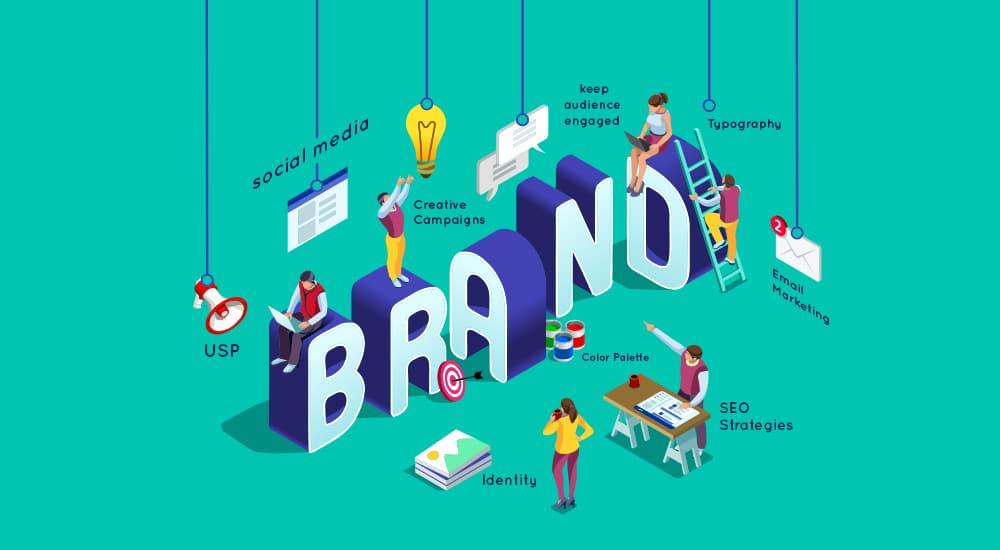
Once you have done your analysis of the market and seen what other good designers are doing, you can create your brand. Your SWOT analysis and market research will help you identify the opportunities that lay in front of you. Based on that, you should create your own set of personal branding. Try creating a logo signature for yourself. Design your business card, social media images. Give a professional look to your designing skills.
Day 6: Create a Moodboard:
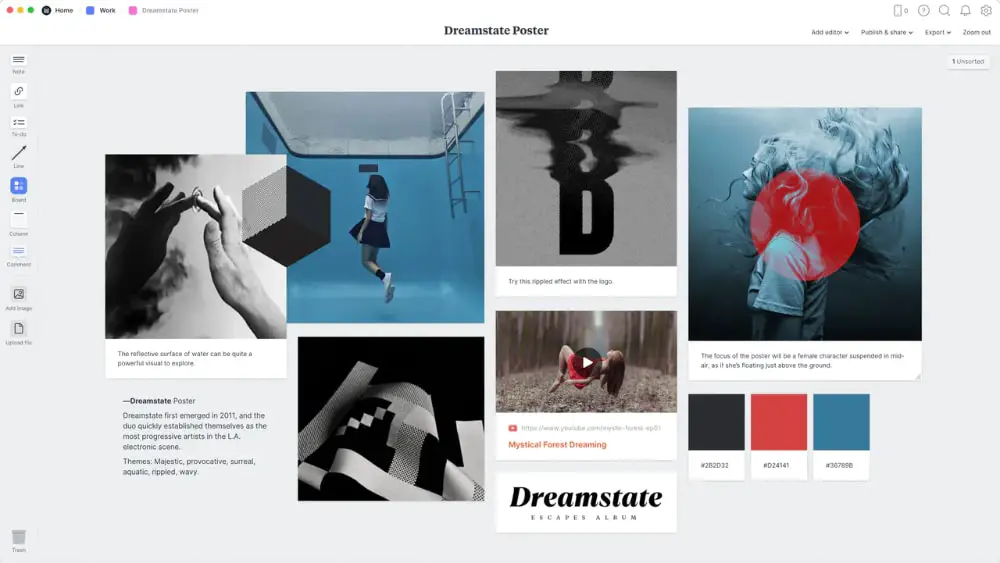
The art of creating a perfect mood board is a precious one in the graphic designing sector. Unfortunately, not many realize the true potential of this. Once you have created your own personal brand, you should create a mood board for it. First, figure out the right set of colors and fonts that will accentuate the brand. Then, you can take a step further and convert the mood board into a template that you can easily use for other designing work.
Day 7-8: Start Your Blog:
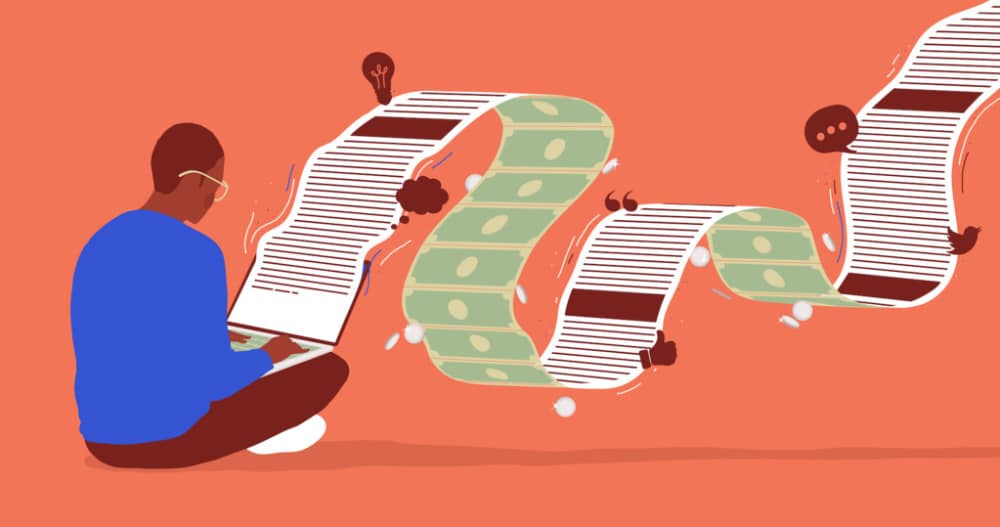
One of the best applications of your graphic design skills will be starting your blog. There are many ready-to-build platforms like WordPress available which you can deploy—this way; you need not learn to code. But you can spend good energy on making it visually stunning—research what other design blogs are doing and see what you can replicate. By blogging, you will stay updated about the latest design trends and, at the same time, build your follower base.
Day 9: Rebrand Two of Your Favorite Brands
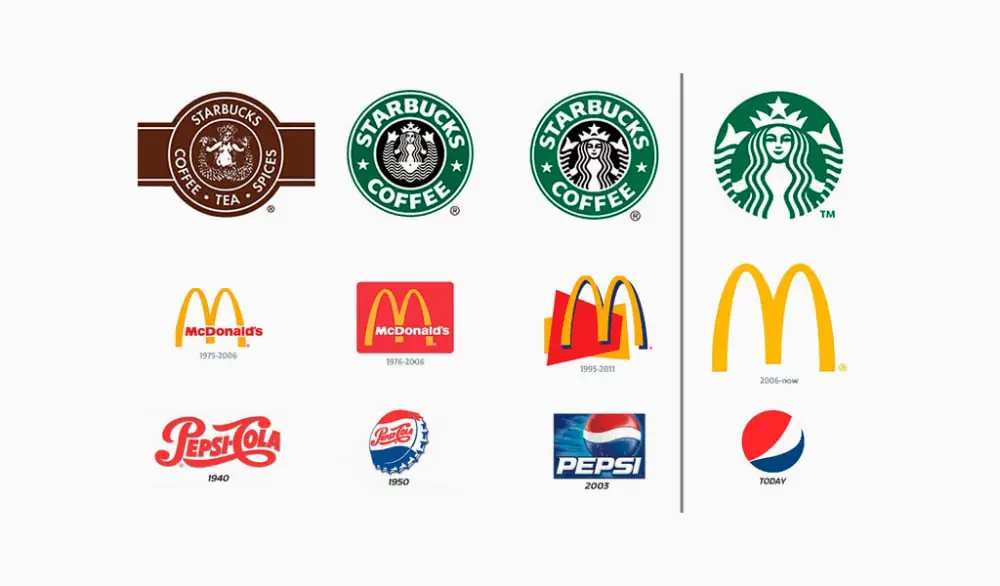
By the end of the week, it is time to get back to core graphic designing. Pick up two of your favorite brands and recreate their branding exercise. Start with their logo and then design their other branding collaterals. Take it up as a professional project as if the companies have hired you to rebrand themselves. This exercise will widen your creativity and allow you to create something new in terms of design.
Day 10: Take a Short Course on Copywriting
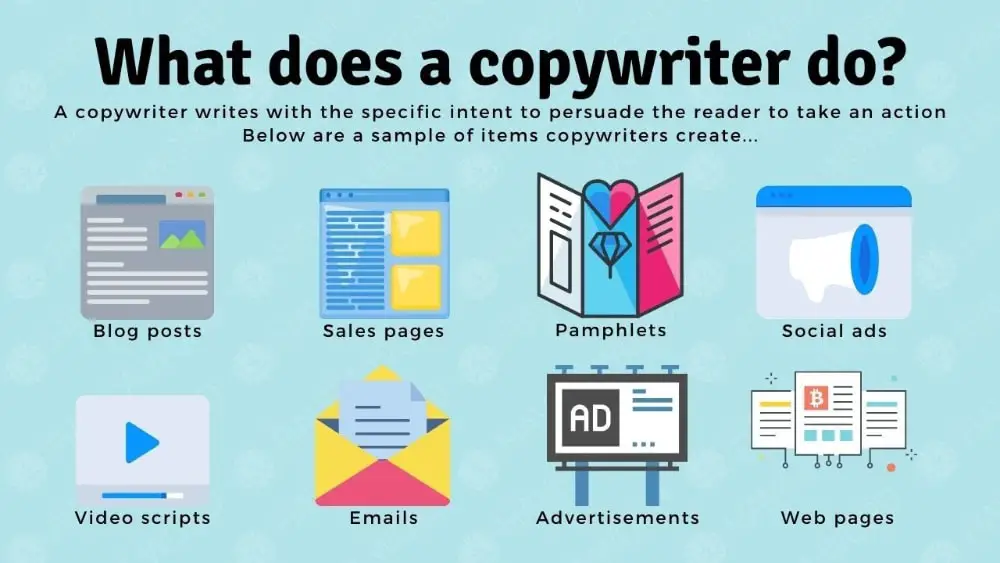
The majority of graphics will be empty if there is no text in them. This text could be in the form of the simple name of the brand and a catchy tagline, or it could be detailed text talking more about the brand or the product. You can take a short course on copywriting to grasp the basics of this skill, empower yourself to write small copies whenever needed, and reduce the dependency on content writers. There are many good YouTube videos available that can help you with this.
Day 11: Recreate packaging of Your Favorite Cereal Box

Packaging designing is a whole new ball game when it comes to graphic design. It takes a lot of practice and experience to master this skill, given the print implications of the design. Also, there are a lot of good opportunities in this specialization. For example, you can pick up the packet of your favorite cereal brand and redesign it completely. Generally, they would be in a box shape which is easy to design. However, if you want to challenge yourself, you can design it in other shapes once you are done designing work on creating stunning mockups for the new packaging you have created.
Day 12: Bookmark Resourceful Websites
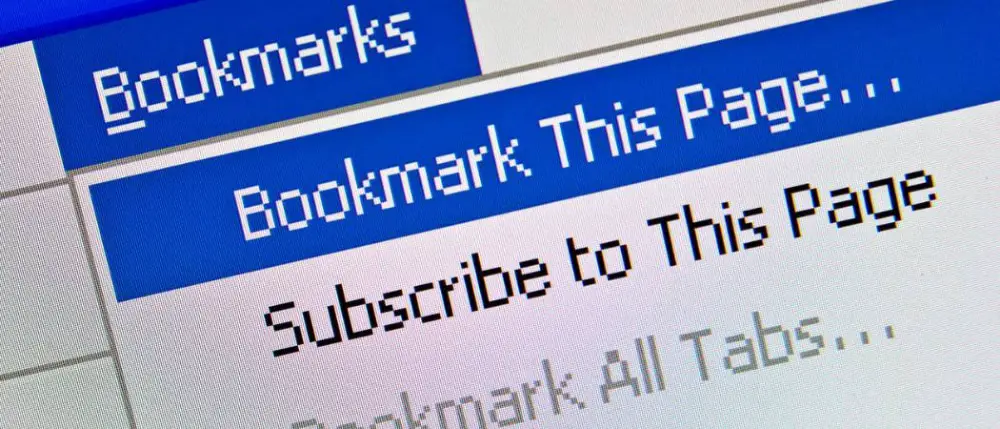
No matter how extensive your experience has been as a graphic designer, you have always felt a dearth of resources. Be it fonts or backgrounds or ready to edit PSD files. It is always a good idea to create a pool of resources to go back to whenever you need something. Spend a day bookmarking and classifying websites that have an excellent potential to help you with free or paid resources.
Day 13: Spend Time Away from Devices
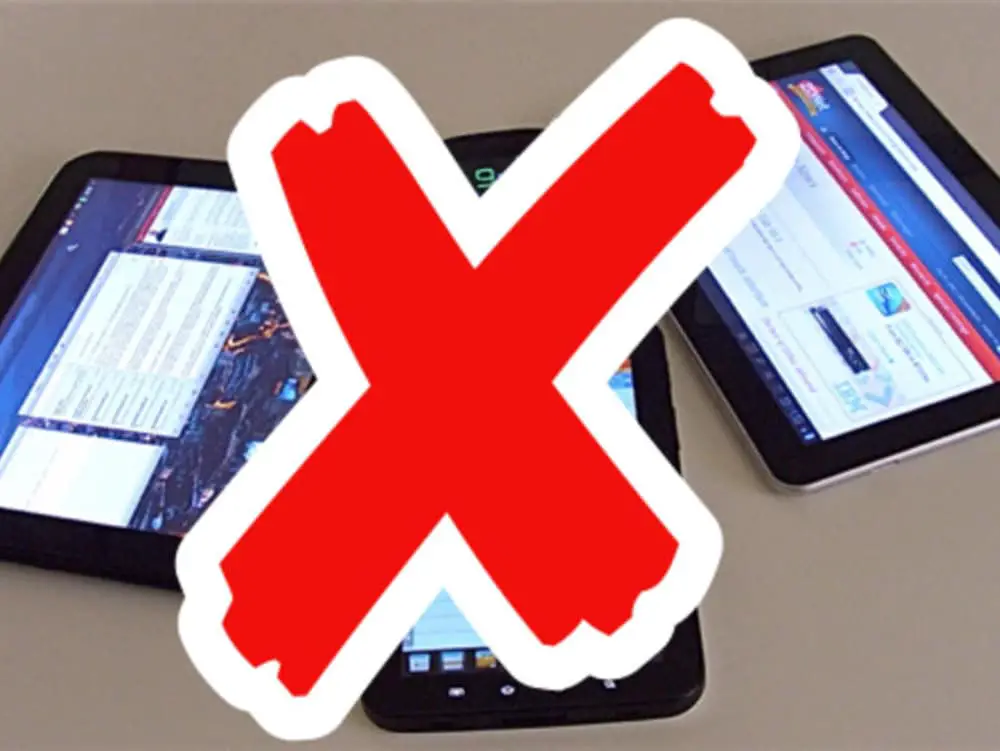
Learning to design is not about spending all the time with devices. Take a day off from all devices and spend your time on other chores. Such a break from the designing routine is necessary for recharging yourself. You can catch up on other work that is pending. Try to be observant throughout the day about various designs.
Day 14: Try Your Hand on 3D
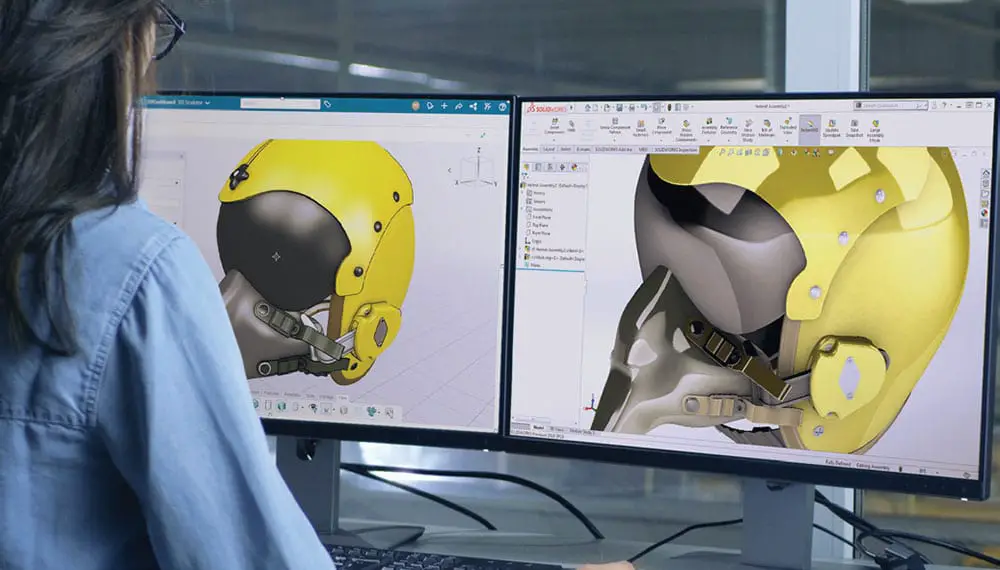
The world of 3D has immense potential, and you would be missing out on something big if you are not part of it as a designer. Spend a day trying your hand on 3D software. This can be very useful for you to create realistic 3D mockups. Apart from that, with the rise of 3D printing, there is a good amount of scope in designing things.
Day 15-16: Read a Design Magazine & Try Redesigning It
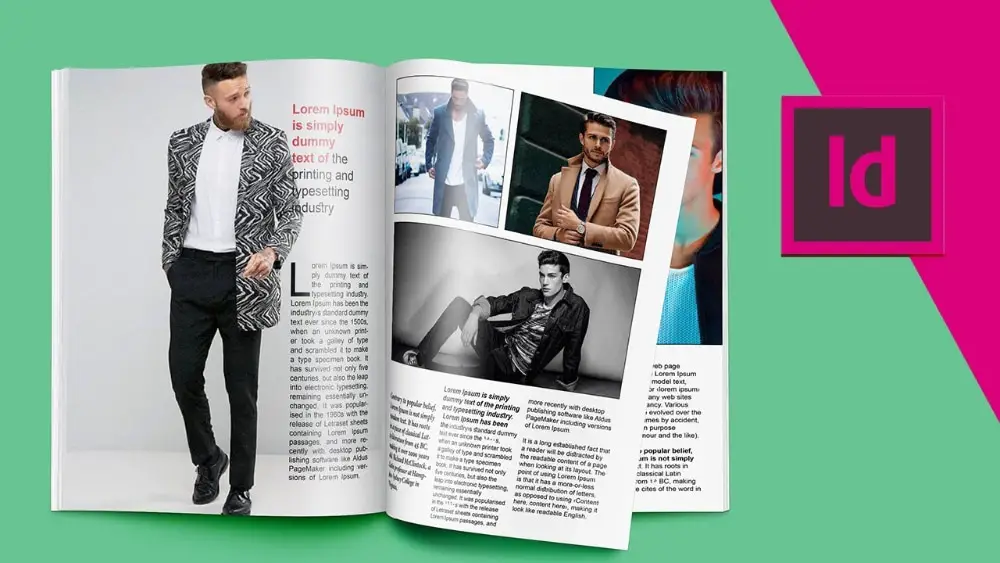
Returning to graphic design, this task will help you in more than one way as a graphic designer. First, pick up one of the best available graphic design magazines and read it as much as you can. While reading, observes the designing style, layout, text placement, and other minute details from the designer’s eye. Now try redesigning the entire magazine. See what you can do differently or how you can improve on its existing design. Finally, if possible, execute the design on InDesign.
Day 17-18: Learn the Basics of Website Development

If you are planning to become an ace website designer, then this step is essential for you. By learning the basics of website development, you will be able to understand their work better. This will ease out the tension between yourself and the developer. A good designer would always know the basics of development and therefore design so that it becomes easy to develop. This knowledge will also help you better the blog that you have created.
Day 19-20: Rework on Your Graphic Design Portfolio
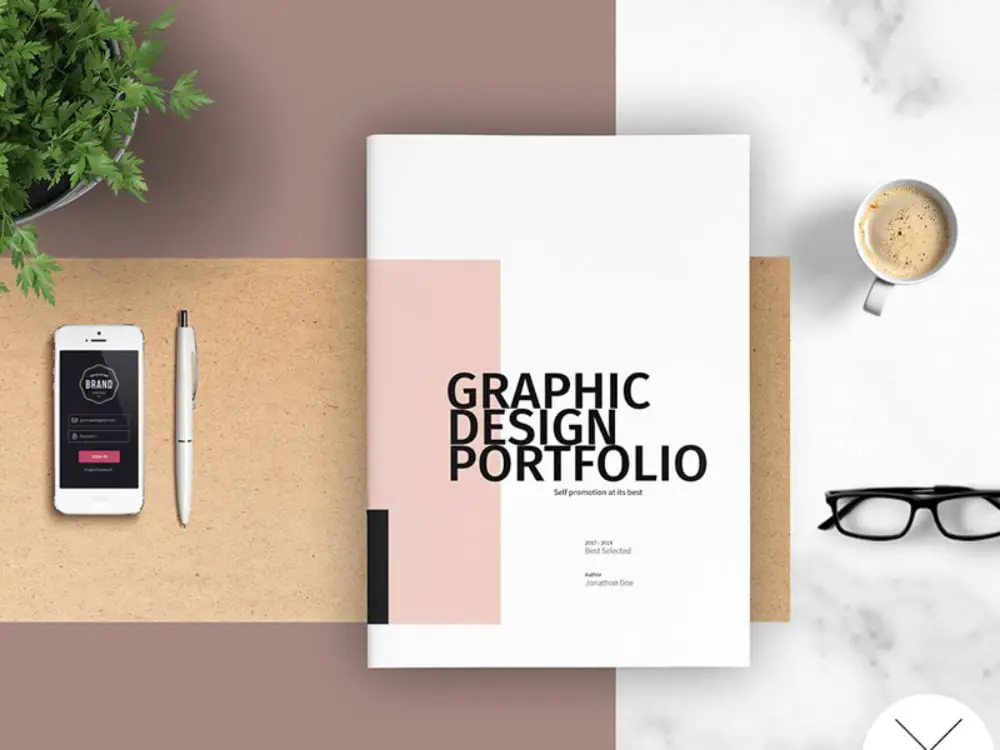
Now that you have reworked quite a bit on certain designing aspects and have carried out market analysis, it is time to revisit your graphic design portfolio. Most designers who are not actively looking for projects tend to be relaxed when designing their portfolios. This can prove dangerous. Use the personal brand you have created and its corresponding mood board to create a new portfolio. Focus more on the type of work that you want to do more and that is more prevalent in the market.
Day 21: Create Designing Questionnaires & Checklists
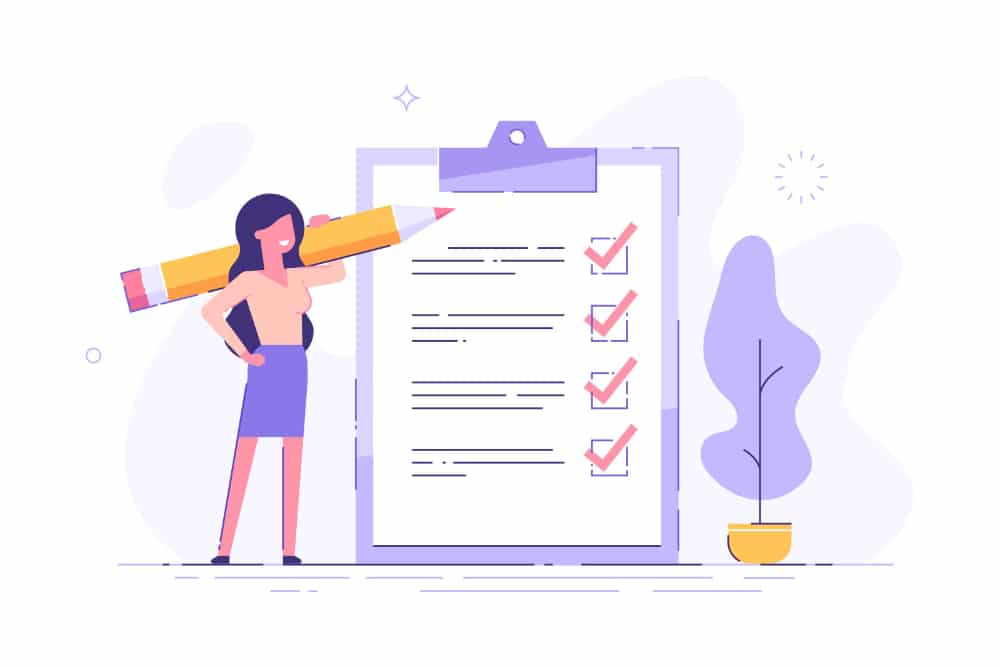
Process standardization can help you in projects that you take up. As a designer, you can standardize most of your processes by developing questionnaires and checklists. This will be very helpful when you want to get details from your clients regarding the project. At the same time, a detailed checklist can keep your project in shape and ensure that you are delivering all the right deliverables. Spend a day creating such articulated questionnaires and checklists, which make your work faster and easier.
Day 22: Take a Day off in Nature

Too much work can become exhaustive. Take this day off to be in nature. Observe the great design patterns that nature creates. There is no doubt that nature serves as the biggest inspiration for designers. Click photos of natural designs and patterns that you like to use at a later stage when you want to. Understand the concept of ‘Golden Ratio’ in nature and see how you can apply it in your designs.
Day 23: Start Drawing or Doodling
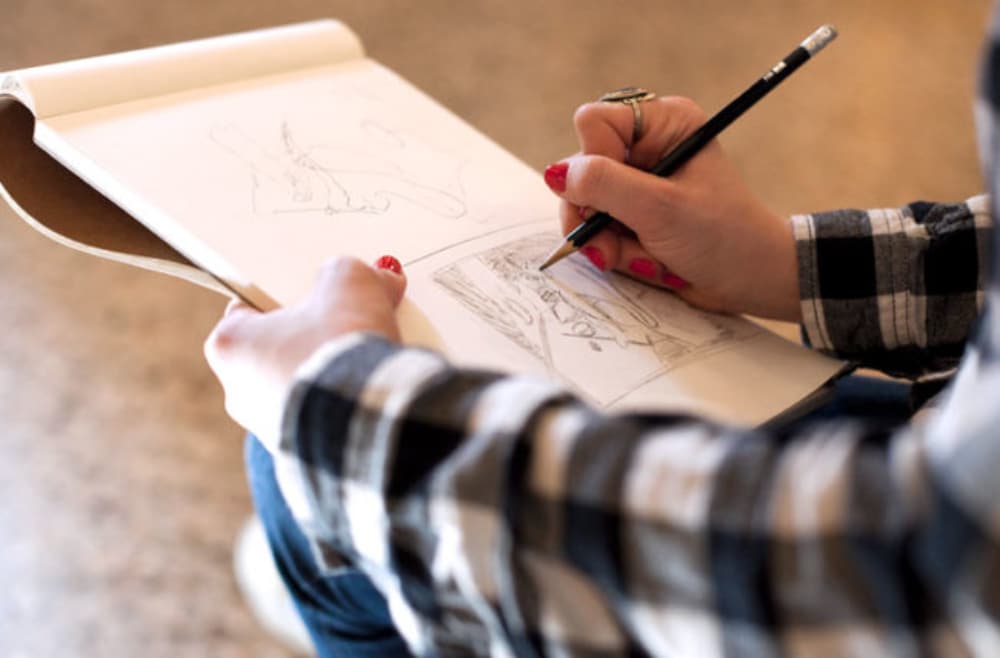
The actual core of designing lies in the ability of designers to visualize. It is a bad idea to visualize in Photoshop or Illustrator. Instead, the standard pen and paper method is very fruitful. Take a blank piece of paper and draw design concepts. They need not be visually appealing but will give you a better idea and channelize your creativity. Doodling is also a good way of breaking your barriers and becoming more creative.
Day 24-25: Create a new font style
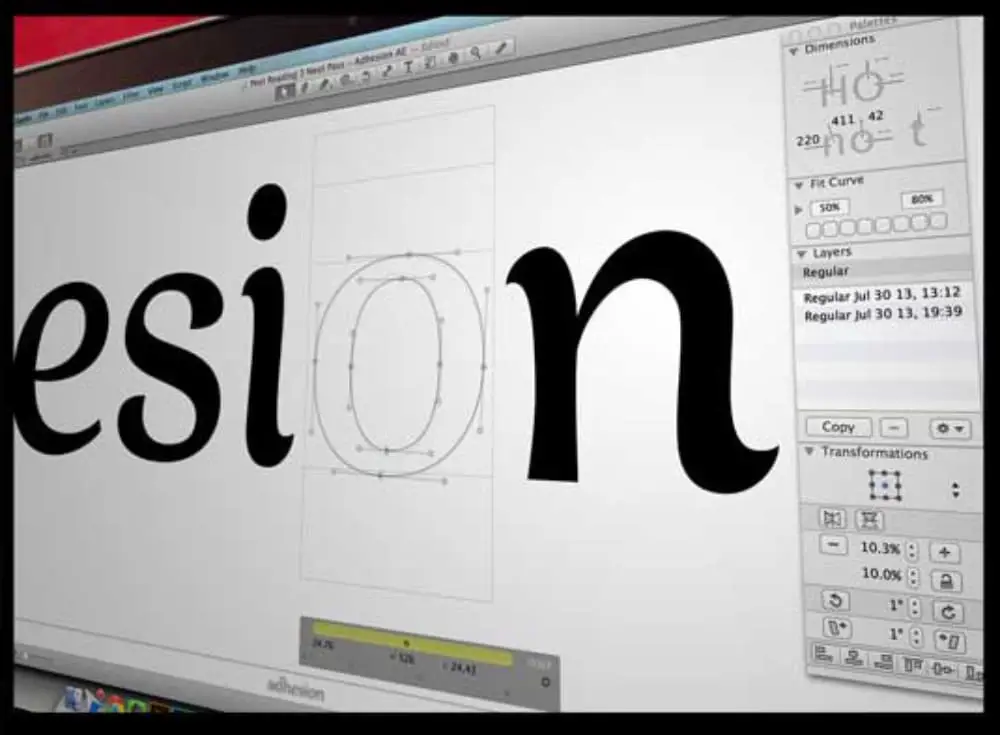
One of the highly demanding graphic designing tasks is creating a new font from scratch. This exercise will stretch your creativity and, at the same time, test your knowledge of your tools. Customized fonts are high in demand, and if you can master this skill, it could be very beneficial. Pick up one genre, such as travel or comic or vintage, and create an entire set of characters.
Day 26-29: Collaborate with another Designer
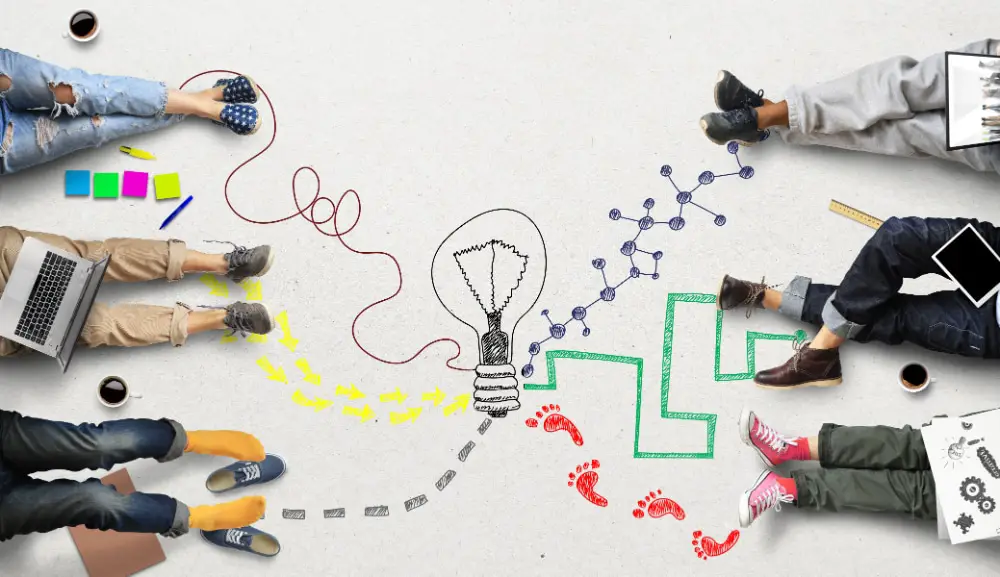
Until you are a highly experienced designer, there are good chances that you will be working with other people on your designing assignment. Take up a project in partnership with another designer. This will harness your people skills and project management skills. You will have to divide the work among your team, provide and take feedback from each other, and develop a good design in the end.
Day 30: Introspect & Create Future Plans

The last day you can keep for sitting down and planning your way forward. It would help if you introspected how you performed on the tasks last month and figure out your strengths, weaknesses, and what you like. Based on this, decide how you want to craft your designing career. Create short-term and long-term goals and chart out a plan of how to achieve them. This will be the refined culmination of the entire 30 days exercise.
Having the knowledge of graphic design and being an excellent graphic designer are two different things. Therefore, it would be best if you kept on practicing your skills, stay updated about the latest industry trends, and at the same time brand yourself well to stay afloat in this sector. The above tasks can help you become a better graphic designer in 30 days.
The post How to become a better designer in 30 days first appeared on Web Design Dev.
via https://ift.tt/3BnYaA0

No comments:
Post a Comment